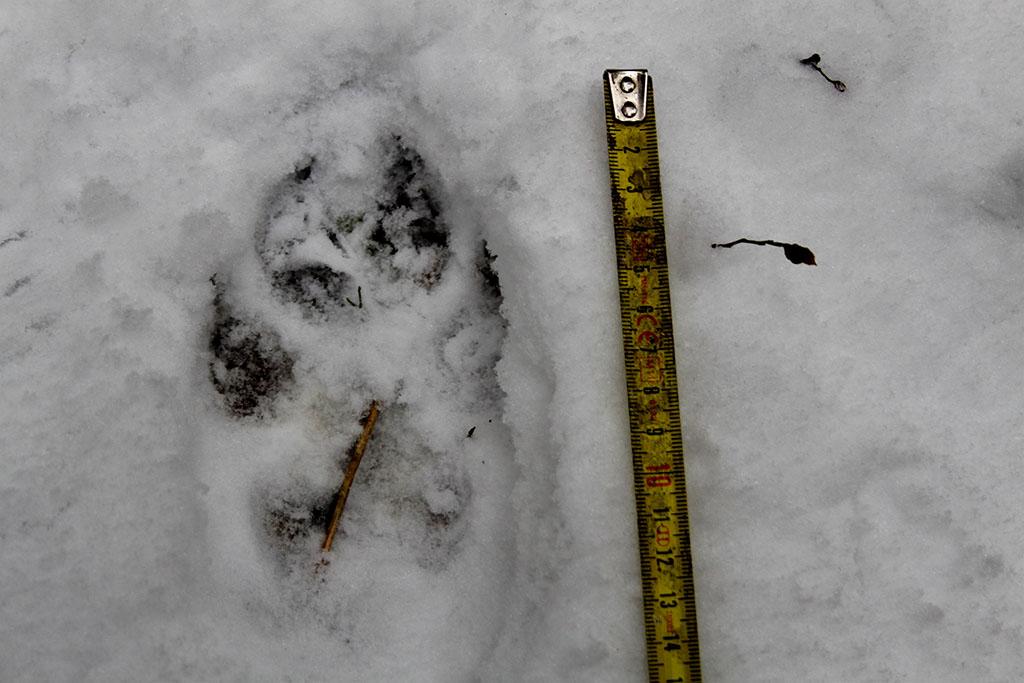 Asset Publisher
Asset Publisher
Forest Management
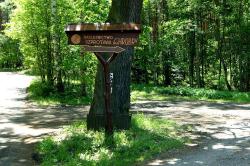 Kierunkowskaz. Fot. Jerzy Wilanowski
Kierunkowskaz. Fot. Jerzy Wilanowski
 Melioracje. Fot. Jerzy Wilanowski
Melioracje. Fot. Jerzy Wilanowski
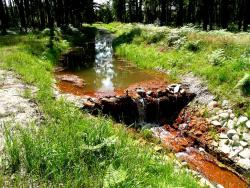 Melioracje. Fot. Jerzy Wilanowski
Melioracje. Fot. Jerzy Wilanowski
Forest economy of the State Forests is executed in accordance with forest management plans prepared for Forest District Inspectorates every 10 years. Forest Management Plan is executed in accordance with instructions published by the State Forests.
Drawing up of Forest Management Plan is preceded by detailed stocktaking of forest resources and assessment of their condition.
Forest management plan includes:
- tasks connected with acquiring of timber, forestation and restocking, maintenance and protection of forests, hunting and creating of forest infrastructure (buildings, roads),
- description of forests and lands designed for forestation,
- analysis of forest economy executed in the previous period,
- wildlife conservation programme.
Forest Management Plan is executed in accordance with instructions published by the State Forests.
Current Forest Management Plan applicable for Szprotawa Forest District is valid for the period from 01.01.2011 to 31.12.2020 and can be found in Public Information Bulletin.
Szprotawa Forest District is divided by a number of watersheds. The Forest District has a large network of drainage ditches (about 300 km), 290 culverts, 59 water gates, 1 permanent overfall located on a water body (areas of protected ecology with area of over 38.65 ha), 2 stone sills, 15 permanent sills (gabion baskets filled with stones), 2 fishing ponds (leased) and 17 small retention water bodies.
 Asset Publisher
Asset Publisher
 Asset Publisher
Asset Publisher
Wilk w Lasach Nadleśnictwa Szprotawa
Wilk w Lasach Nadleśnictwa Szprotawa
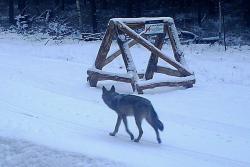 Wilk w lasach Nadleśnictwa Szprotawa. Fot. monitoring leśny
Wilk w lasach Nadleśnictwa Szprotawa. Fot. monitoring leśny
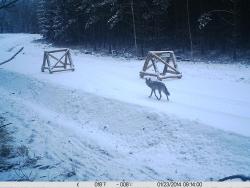 Wilk w lasach Nadleśnictwa Szprotawa. Fot. monitoring leśny
Wilk w lasach Nadleśnictwa Szprotawa. Fot. monitoring leśny
W ostatnim czasie nasz monitoring zarejestrował wilka, przechadzającego się leśnymi ścieżkami.
Zwierze zostało zarejestrowane kamerą leśną dnia 23 stycznia o godzinie 9.14 w okolicach wsi Szprotawka. Był to jednak nie pierwszy incydent pojawienia się go w naszych lasach - wilka spotyka się tutaj bowiem coraz częściej.
Świadczą o nim głównie ślady pozostawione na śniegu przez tego groźnego osobnika, charakteryzujące się sporym rozmiarem odcisku łapy z wyraźnie odznaczonymi pazurami.
Wilki to jedne z najrzadziej występujących drapieżników w Polsce, podlegające ścisłej ochronie. Zwierzęta te żywią się przede wszystkim ssakami kopytnymi, takimi jak: jelenie, sarny czy dziki, nie gardząc jednak również padliną czy znacznie mniejszymi zwierzętami. Zdarza się, że przy niewielkiej ilości pożywienia mogą zaatakować także zwierzęta hodowlane.


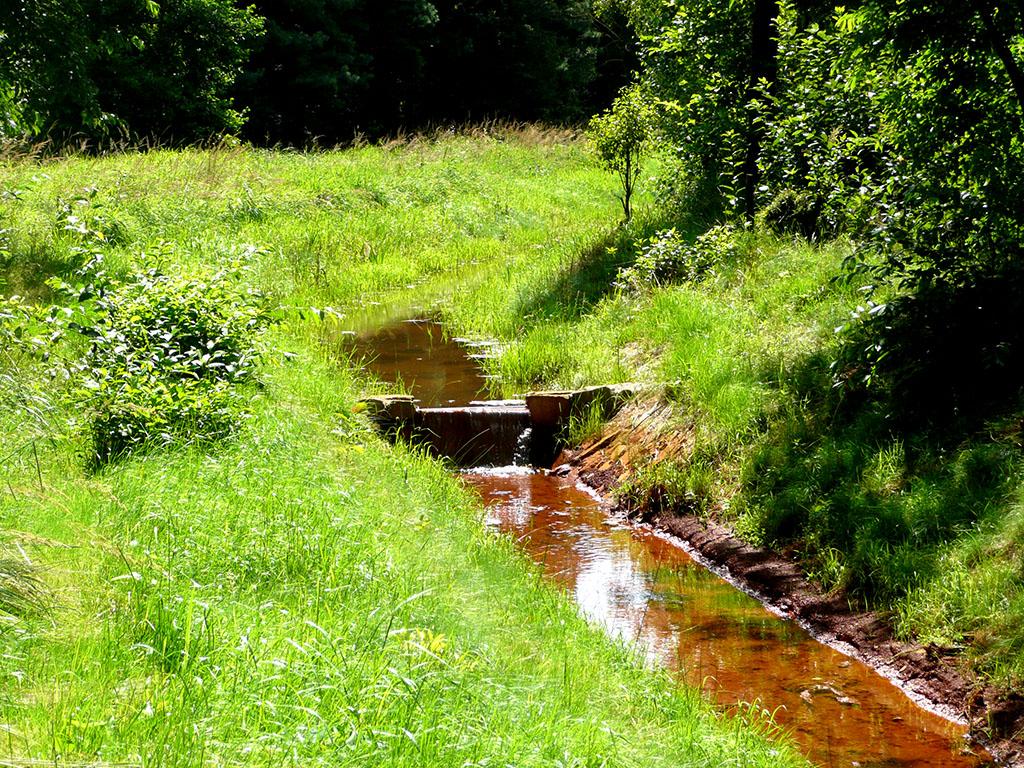



![„Naplotkowała sosna, że już się zbliża wiosna.[…] A wiosna przyszło pieszo - Już kwiaty z nią się śpieszą, Już trawy przed nią rosną I szumią: „Witaj wiosno!”. Jan Brzechwa - Przyjście Wiosny](/documents/1226291/0/Wiosna+1.jpg/8e6d02a0-5ffe-d486-49c3-5fac2b3b23c1?t=1711109156614&width=42)

